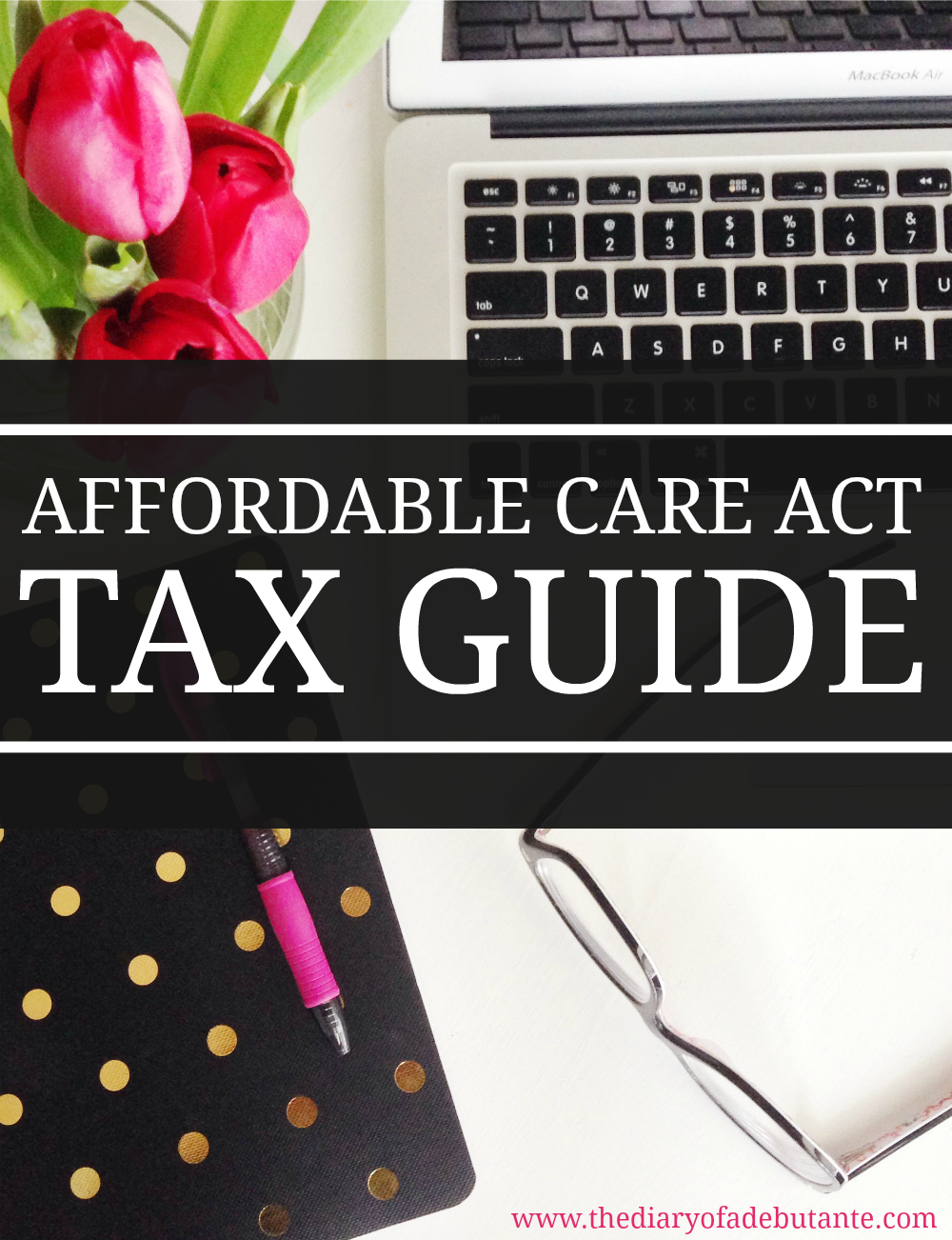*This post may contain affiliate links, which means I may receive a commission (at no additional cost to you!) if you make a purchase using any of these links.*
This October I resigned from my 9-5 corporate position as a Financial Operations Manager to focus on developing my non-profit and building my brand. In layman’s terms, I willingly became self-employed. The obvious upside is unlimited earning potential and freedom to grow in the professional direction I choose. The not-so-obvious downside is having to iron out my own business’ logistics, including but not limited to healthcare and taxes, without the readily available aid of a Human Resources Department. Since I have quite literally no idea what I’m doing, I’ve entrusted TurboTax with understanding how the Affordable Care Act affects me and my business.
Before TurboTax became my BFF, my brain was swarming with unanswered questions, and I’m sure some of y’all non-CPAs have a lot of the same concerns. If you’re just as lost as I was, here is a quick Affordable Care Act tax guide that explains what the ACA means for you and your taxes in simple English:
Question 1:Health care coverage sounds great. How do I get some? |
Answer: If you don’t have health insurance, don’t freak out, but you probably want to get it, like, now. Open enrollment starts November 1, 2015 and end January 31, 2016. TurboTax can help answer all of the things you need to know about funding the right health coverage for you and your family. Watch this quick Open Enrollment video or visit TurboTax.com for more information.
Question 2:How much more time will my taxes take now that the Affordable Care Act is a thing? |
Answer: This is the second year taxpayers will be reporting their health insurance status on their tax returns, and for most of us–around 80% as a ballpark, it will be another year of simply checking a box with TurboTax to indicate you do, in fact, have health insurance. Most taxpayers are already familiar with the box-checking process, and TurboTax anticipates a similar level of simplicity this year, as well. Long story short, it won’t take any longer than last year.
Question 3:How many more forms is the government going to make me fill out? |
Answer: If you purchased a health insurance plan on healthcare.gov or through your state health insurance marketplace, you may receive Form 1095-A, which confirms your coverage, premiums, and any subsidies you received to help pay for health insurance. In TurboTax, entering the 1095-A information is as simple as entering a W-2, and when prompted, you just need to enter the information on your 1095-A into TurboTax. The program does the rest– you won’t see any other forms populate. You can even upload your 1095-A as a PDF to eliminate the data entry process.
If you purchased insurance through an employer, government program, such as Medicare or Medicaid (outside of the Marketplace), or other private insurance, your tax reporting load is even lighter. You may receive a tax form from your employer or insurance provider, which will either be a 1095-B or C, confirming your coverage. According to the IRS, you don’t need to wait for these forms to file your taxes. You simply need to review the forms for accuracy and keep the 1095-B or -C for your records.
Still confused? That’s okay. Here’s a short video for you, which recaps what each form means and what exactly you need to do with it:
Question 4:If I’m in trouble, how much trouble am I in? |
Answer: TurboTaxHealth.com is an invaluable resource for clueless people (like me) to learn about the effect of heath care policies on their taxes. TurboTax offers a suite of free tools and calculators that make it super easy to learn how the Affordable Care Act might impact your taxes and finances. Based on your current health coverage status and estimated income, you can easily find out if you qualify for assistance to pay for health insurance or for exemptions for going without insurance, as well as whether or not you’ll be responsible for a penalty (and more importantly, how much of a penalty) if you choose not to purchase health coverage altogether.
Watch this quick video about TurboTax’s Income Estimator Tool and Subsidy Estimator Tool, which help calculate if and how much of a health insurance subsidy you are eligible for based on your total household income. If you remain uninsured and you are not exempt from purchasing health insurance, TurboTax will help you estimate how much your tax penalty will be, based on your family size and income, with their handy Health Care Penalty Calculator.
Question 5:So signing up for healthcare coverage is more work and more money? |
Answer: TurboTax knows that American taxpayers should spend their hard-earned money on keeping their families happy and healthy, not on having to pay to show they are complying with the health care law. Ergo, they don’t charge for filing health care-related forms. As with all tax situations, TurboTax simplifies the tax filing process, and reporting your health insurance is no different. You just answer a few basic questions about your life, and they do all the rest. Easy peasy.
I’m sure you all still have a billion questions, as do I, so instead of inundating your accountant with a barrage of concerns, check out all the free resources on TurboTax.com to see if you can answer any of your own questions. Is anyone else an avid TT fan? How do you keep your taxes in check?
I was selected for this opportunity as a member of Clever Girls and the content and opinions expressed here are all my own.



